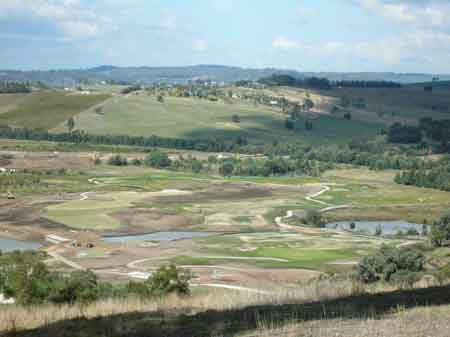
| NNNN BAD DEVELOPERS NNNN | |||||||||||||
|
EXPOSING DEVELOPERS WHO FAIL TO APPRECIATE AND RESPECT COMMUNITY, ENVIRONMENT AND SPIRIT OF THE LAND |
|||||||||||||

April 14 2006: Construction for these holes appears to complete, although the natural billabong (Lake E), seen on the right of screen is unlikely to have been connected up to construction tainted water in centre of screen from Lake A. Much of the course drainage will end up flowing through Lake E into the Yarra River through a natural outlet. Sediment or pesticide tainted water will supposedly be 'purified' by wetland plants before flowing into the Yarra.
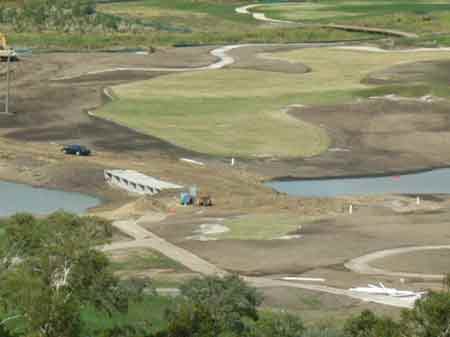
April 14 2006: New 'bridge' straddling the outpoint of Lake A.

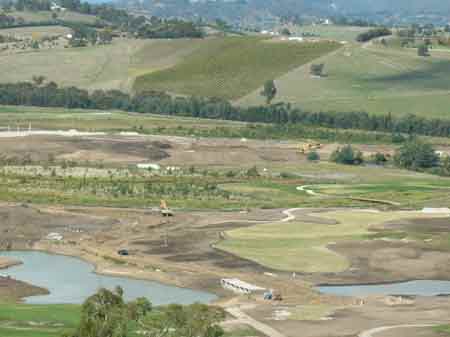

April 14 2006: Main construction occurring is now on the far east of the course for the 1st and 18th holes. This area is also most at risk through flooding. Massive stockpiles of soil lie on the floodplain.
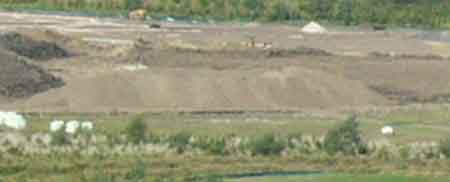
April 14 2006: This soil stockpile is possibly 4-5 metres high and possibly 100 metres long.


April 14 2006: Main connecting point - body of water - between Lake A and Lake E.
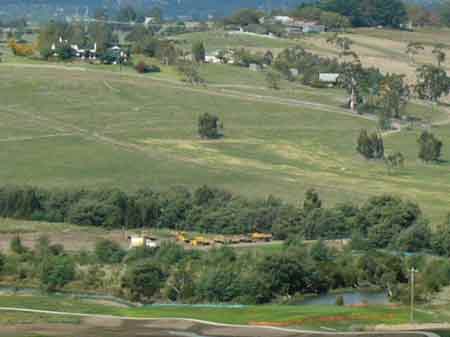
April 14, 2006: Construction vehicles parked near Yarra River Bridge, another flooding flash point.
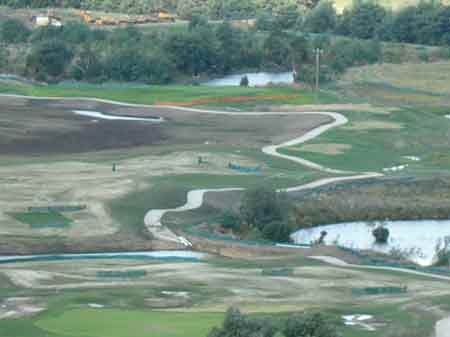
April 14, 2006: Where Lake E meets the newly constructed drianage point. Most likely not connected at this time. Note different water levels.
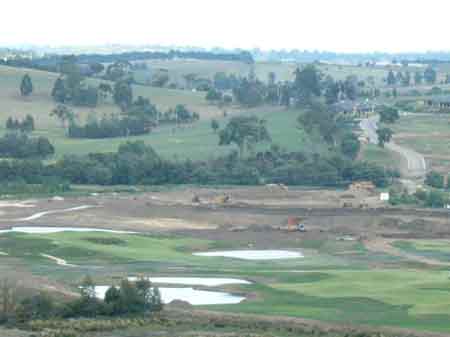
April 14, 2006: Looking south showing highly risky construction of 1st and 18th holes. Floodwaters will most likely reach the course at the eastern side of the course, meaning that this area is of utmost importance.
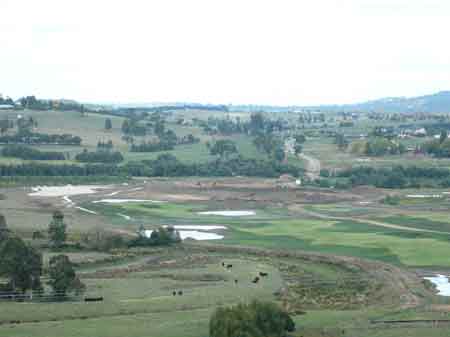

April 14, Looking south west over course towards Lake E in the distance, almost showing where it meets the Yarra River.
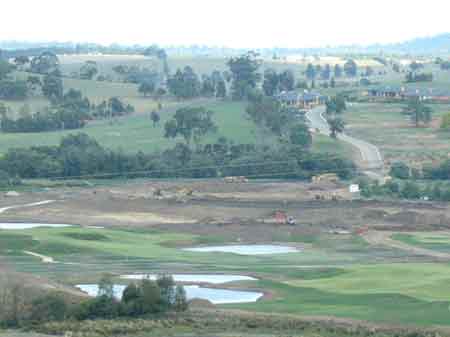
April 14 2006: Construction activities on eastern side of the golf course.
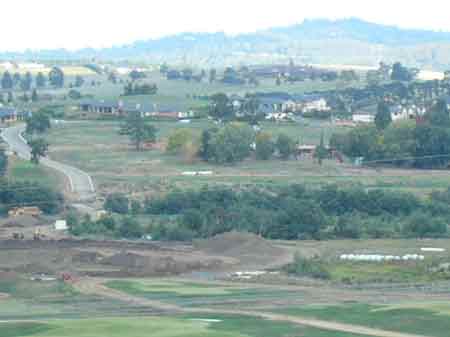
April 14, 2006: Massive soil dump on eastern side of the course. No bunding or silt fences?
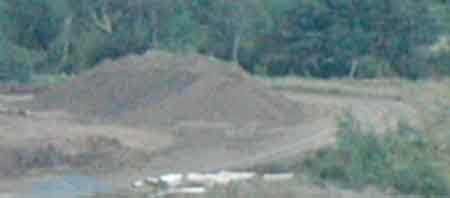
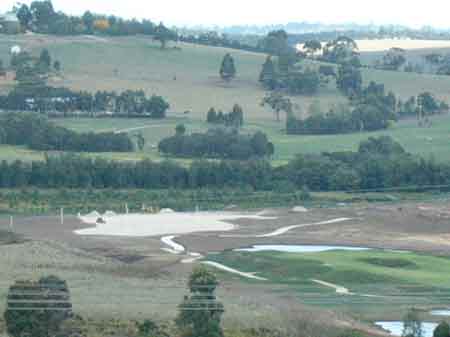
April 2006: sand also underlies golf holes.
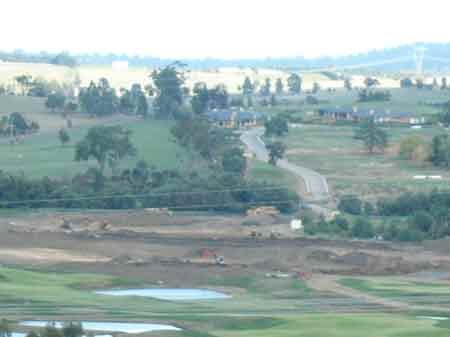
April 2006: Construction of 1st and 18th holes, showing the Yarra River bridge. This is a potential flash point in the event of flooding.